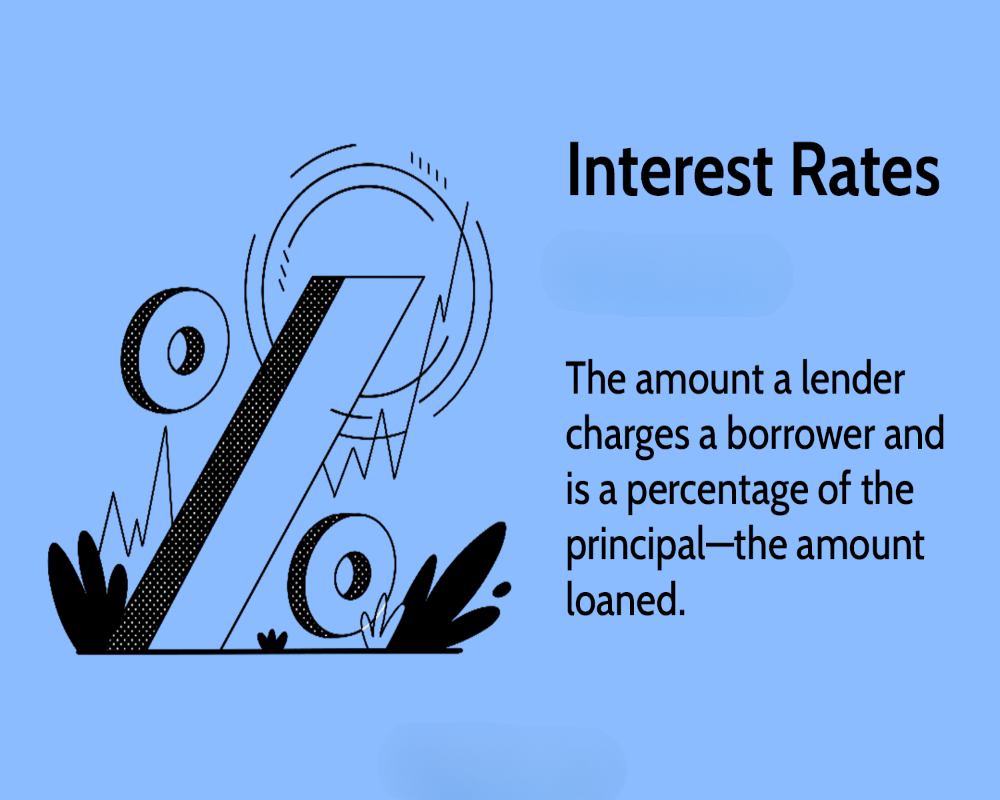Introduction
Interest rates play a pivotal role in shaping investment decisions across all sectors of the economy, including industrial, real estate, financial, and individual portfolios. They represent the cost of borrowing money or the return on savings and investments, and as such, they act as a fundamental lever in economic planning and resource allocation. Whether an investor is considering starting a new factory, purchasing industrial equipment, acquiring land, or financing expansion through debt, the prevailing interest rate environment has a direct impact on the viability, cost, and attractiveness of that investment. Understanding how interest rates influence investment decisions is essential for making sound financial judgments and strategic plans.
The Cost of Capital and Project Feasibility
One of the most direct ways interest rates affect investment is through the cost of capital. When businesses finance projects through loans or bonds, the interest rate determines how much they will have to repay in addition to the principal. Higher interest rates increase the cost of borrowing, which can make capital-intensive projects more expensive and reduce their expected returns. As a result, projects that might be financially viable in a low-interest environment may no longer meet profitability benchmarks when interest rates rise.
Conversely, lower interest rates reduce borrowing costs, making it easier and cheaper to fund new ventures. This often encourages businesses to invest in expansion, innovation, and infrastructure development. In this way, interest rates influence not just individual project choices but also broader economic activity and industrial growth patterns.
Discount Rates and Investment Evaluation
Interest rates also serve as the discount rate in financial models such as Net Present Value (NPV) and Internal Rate of Return (IRR), which are commonly used to evaluate the profitability of investment projects. The discount rate is used to calculate the present value of future cash flows. When interest rates rise, the present value of future earnings decreases, potentially turning a previously attractive investment into an unviable one.
For instance, if a factory expansion is expected to generate steady returns over ten years, those returns are less valuable in today’s terms when discounted at a higher rate. Therefore, rising interest rates can make long-term investments less appealing unless they offer exceptionally high returns. This sensitivity is particularly pronounced in industries where cash flows are spread over many years, such as infrastructure, manufacturing, and energy.
Investor Behavior and Capital Allocation
Interest rates also influence investor behavior and risk tolerance. In a high-interest rate environment, investors can achieve reasonable returns from low-risk assets such as government bonds or fixed deposits. This may reduce the incentive to invest in higher-risk ventures like startups, new technologies, or speculative industrial projects. Capital tends to flow toward safer, interest-bearing instruments, limiting the availability of funds for more ambitious or innovative investments.
On the other hand, when interest rates are low, the return on conservative investments is minimal, pushing investors to seek higher returns in equities, private equity, or alternative sectors like real estate and infrastructure. This reallocation of capital often results in increased funding for industrial projects, particularly those with higher growth potential and moderate risk.
Macroeconomic Influence and Business Confidence
Interest rates are not only financial indicators but also economic signals. Central banks use them as tools to regulate economic activity, inflation, and employment. When central banks raise interest rates, it is often in response to inflationary pressures, while rate cuts are typically aimed at stimulating growth during economic slowdowns.
These changes influence business sentiment and confidence. Rising rates may signal tighter monetary policy and slower economic growth, discouraging aggressive investment. Conversely, falling rates often encourage optimism and expansion. Businesses watch interest rate trends to time their investments, especially when considering long-term capital commitments.
Foreign Investment and Exchange Rate Impact
Interest rates also have international implications. Countries with higher interest rates tend to attract foreign capital inflows, as investors seek better returns on debt instruments. This can lead to currency appreciation, which in turn affects the competitiveness of exports and the cost of imported capital goods. For industrial firms engaged in global trade or reliant on imported machinery, interest rate movements and the resulting exchange rate changes can directly impact investment decisions.
For example, if interest rates rise in a country, its currency may strengthen, making it cheaper to import raw materials or technology. At the same time, stronger currency may reduce export competitiveness, potentially discouraging investments in export-oriented production.
Conclusion
Interest rates are a cornerstone of investment analysis, influencing nearly every aspect of industrial and business decision-making. They determine the cost of capital, shape the evaluation of project profitability, affect investor preferences, and reflect broader economic conditions. Understanding the dynamics of interest rates is essential for accurately assessing risk, timing investments, and formulating long-term strategic plans. In today’s interconnected and fast-moving global economy, the ability to interpret and respond to interest rate trends is a key competency for investors, entrepreneurs, and industrial planners seeking to optimize returns and ensure financial sustainability.
Hashtags
#InterestRates #Investing101 #FinancialLiteracy #InvestmentStrategy #MarketTrends #WealthBuilding #FinanceTips #EconomicIndicators #InvestmentEducation #StockMarket #Bonds #RealEstateInvesting #PersonalFinance #InvestmentPortfolio #FinancialPlanning #RiskManagement #MoneyMatters #InvestmentAdvice #InterestRateImpact #FinancialFreedom


